Wall insulation, floor and ceiling building is an integral part of construction, especially if we are talking about a residential building. But not so much it is important to choose high-quality thermal insulation material, how much to calculate its optimal thickness. From how correctly the thickness of the insulation will be determined in each particular case, the operational characteristics and the durability of the construction will depend on.
Why need thermal insulation
To understand the degree of importance of calculating the thickness of the insulation, it is necessary to understand in principle work and the purpose of thermal insulation. Every year, humanity spends more and more energy resources, and prices for them increase. Consequently, people begin to think about the ways of saving electricity to save on the heating of the house in winter and cooling in the summer. And here the thermal insulation enters the game.
The insulation layer, attached to the wall, floor or ceiling, reduces the cost of energy consumption several times. The thermal insulation does not give warmth to quickly leave the room in winter, and does not let the hot air flows inside in the summer. But to organize such conditions, it is necessary to calculate the thickness of the insulation right up to centimeters. Mistorily 2-3 cm, and very soon there will be a lot of problems, ranging from energy loss, ending with the destruction of the wall.
Most people today live in multi-storey houses from concrete and sometimes pay mad money for utilities. But netting on raising tariffs, few people think that it is possible to solve the problem of unnecessary costs once and forever, simply insulating the walls of their apartment. Of course, we are talking about the outer walls, not related to other rooms or apartments. Sometimes, only one wall leaving on the street can be reduced by heat loss by 30-40%.
The secondary appointment of the heat insulating layer is additional sound insulation. If we are talking about a multi-storey building in a residential area of \u200b\u200bthe city, then the insulation will protect you from the noise from the street, the sound of the alarm in the middle of the night, etc.
If we are talking about private construction, such as a cottage or dacha at home, then some thermal insulation materials reduce the cost of construction, replacing materials for the construction of walls. Thus, using thick polystyrene or mineral wool plates about 10 cm thick, you can replace the walls of the brick. The load on such walls should be minimal, therefore this method is suitable for one-storey construction, the construction of a veranda or houses for guests.
Requirements for thermal insulation materials
There are many requirements for thermal insulation materials, which differ depending on the operational load of the future building, climatic conditions, financial capabilities, etc.
The main qualitative characteristic of the insulation is the ability to carry out heat. This, in turn, depends on the structure of the material, its density, porosity, humidity level and many other factors.
Distinguish several classes of materials on thermal conductivity:
- Low - denotes the letter A on the insulation packaging (0.06 W / sq. M).
- The average is denoted by the letter B (from 0.06 to 0.115 W / sq. M).
- High - letter B (from 0.115 to 0.175 W / sq. M).
To provide high-quality thermal insulation of the facade, whether it is a multi-storey house or a private cottage, the insulation must be strong enough to be able to withstand the weight of the finish finish. Therefore, it is necessary to choose the material, considering what you will cover the wall. The tile, for example, weighs quite a lot and requires a solid foundation, but the wallpaper or cork coating will well hold on in almost all cases.
In addition, the insulation must be as varying as possible, but if possible not to absorb moisture. The material should not burn or maintain combustion, allocate harmful and toxic substances, not deform when the temperature drops.
Ways of insulation
Reducing the heat loss depends not only on the correctly selected material, but also from where it is located. So, there are several ways to insulate the walls, each of which has its advantages and disadvantages.
Wall insulation methods:
- The monolithic wall is a special brick or wooden partition with a thickness of 40 cm and more.
- Multilayer pie - the thermal insulation layer is located inside the wall between the outer and internal panels. It is possible to organize such thermal insulation only at the construction stage of the walls, otherwise you have to break, and then restore the inner panel.
- Outdoor insulation - a layer of insulation is attached to the outer walls and is hidden by the finish finish (facade plaster, tiles, siding, etc.). This method of insulation requires additional vaporizolation and waterproofing, but is the most effective among all others.
The thickness of the insulation
Why is it so important to choose the correct thickness of the heat insulating layer? Is it really so scary to overdo it, because in theory, the thickness of the insulation, the better? In fact, the situation is as follows - if the insulation is too thin, the cold and dampness penetrates through the wall, if too fat - the money "fly to the wind".
If the layer of heat-insulating material is less than the pressure of at least a couple of centimeters, the walls will certainly be freeze and dance. The so-called dew point, which is usually located outside, will shift inside the wall, because the insulation will not be able to hold it. As a result, condensate will appear on the wall surface, it will slowly dance, collapse, mold and fungus will appear.
Too fat insulation will lead to unjustified costs. Every bona fide owner wants not only to build a reliable house, but also to save on the maximum, and thick insulation cost a lot of money ... That is why it is important to be able to count its thickness. Also, too much thermal insulation thickness disrupts natural ventilation inside the walls, with the result that indoors becomes too stuffy and uncomfortable. Plus, if the insulation is produced on the inside of the wall, the thick material will take a lot of free space, reducing the square of the room.
Another important point before proceeding to calculations - the determination of the thickness of the insulation directly depends on the material from which the wall is made. Based on these data, one can judge the thermal conductivity and heat engineering properties of the surface. This data allows you to determine the heat loss on each square meter of the area. A complete list of characteristics of materials is indicated in SNiP No. 2-3-79.
The density of the insulation can be completely different, but often use materials with a density of 0.6 to 1000 kg / cubic meter.
Most modern high-rise and private houses are built of foam concrete blocks. For this material, the following requirements for thermal insulation are defined:
- HSOP (shows in degrees-days during heating) - 6,000.
- The heat transfer resistance for the walls is more than 3.5 s / sq.m / w.
- The heat transfer resistance for the ceiling is more than 6 s / sq. m / w.
If you plan to put several layers of insulation, the heat transfer resistance indicators are calculated as the sum of each of the layers. In this case, it is necessary to take into account the thermal conductivity and characteristics of the material from which the walls are made.
How to calculate
To perform the heat engineering of the insulation, you should consider at the same time a large number of factors, which is quite difficult to make a inexperienced builder. The most important indicator is the characteristic of the wall and climatic conditions of the area, where construction is underway.
When you were determined with the technology of performance and chose the appropriate material, you can start calculations.
Useful advice: To insulate one house or floor, it is recommended to choose the same material from one manufacturer and preferably from one batch.
It should also be insulated with pipelines from the street, which lead inside the house. This is one of the most potentially dangerous places of the "Cold Bridges", through which up to 30% of heat leaves.
To bring the values \u200b\u200bof the resistance of thermal conductivity of walls and afternoon to the desired indicators (3.5 and 6, respectively), it is necessary to use the following formulas:
- for walls: R \u003d 3.5-R walls;
- for ceiling: R \u003d 6-R ceiling.
When you found a difference, it is possible to find out which thickness should be the insulation according to the formula: P \u003d R * k, where p \u003d r * k, where p is the desired thickness of the insulation, K is the thermal conductivity of the heat-insulating material used.
If you use foam or mineral wool, professionals are recommended to do the optimal thickness of 10 cm.
Calculators
If you do not want to memorize the formula and independently perform calculations, the calculation of the thickness of the insulation for the walls will help make online calculators. These are specially created programs that take into account all the factors and characteristics of materials, allowing you to accurately find out how much thermal insulation should be bought.
One of the most popular programs is the Rockwool calculator developed by experienced specialists to calculate the thickness and energy efficiency of the insulation. An intuitive interface will not cause questions even in inexperienced users. Go to calculator siteClick the Start Calculation button and follow the detailed step-by-step prompts.
The calculation of the insulation of the walls and the ceiling can even perform a beginner in the presence of the necessary indicators of materials. Neglecting the need to calculate the exact thickness of the thermal insulation layer entails a lot of troubles, some of which can be quickly corrected, and others will have to live until the next major overhaul.

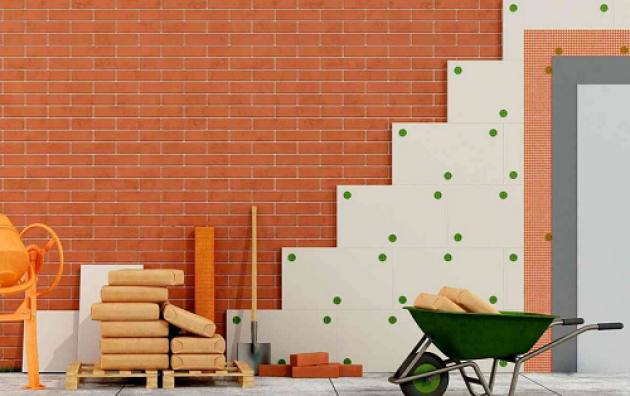
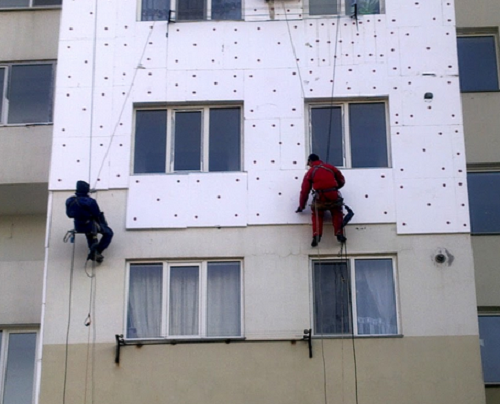
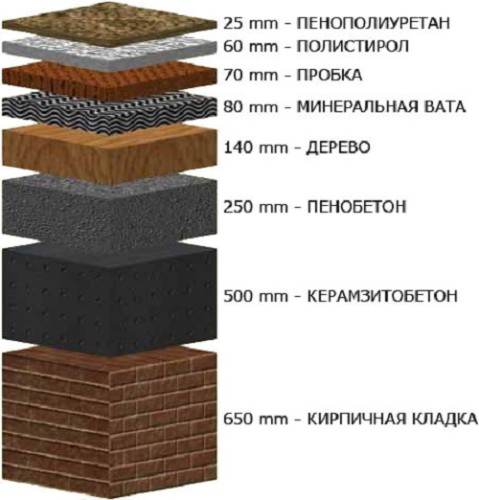
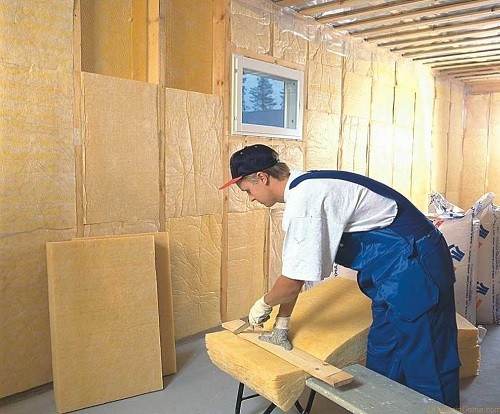
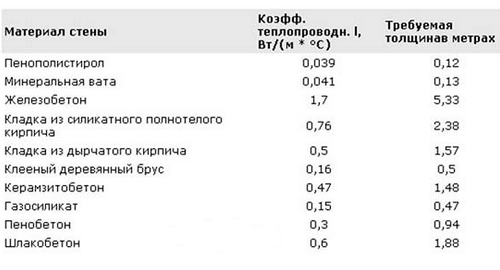
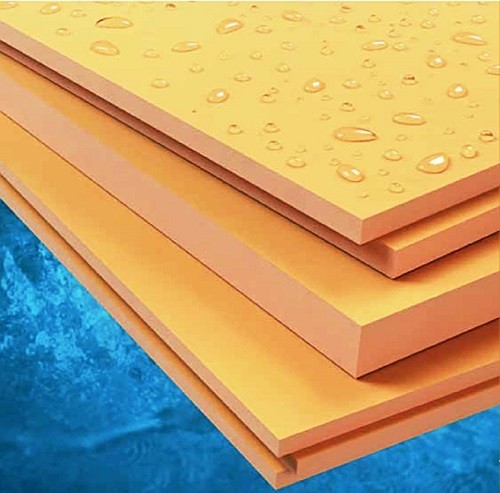
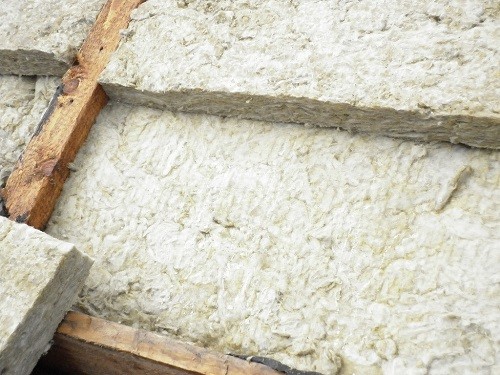












 Start a discussion ...
Start a discussion ...